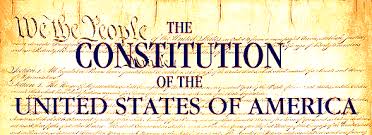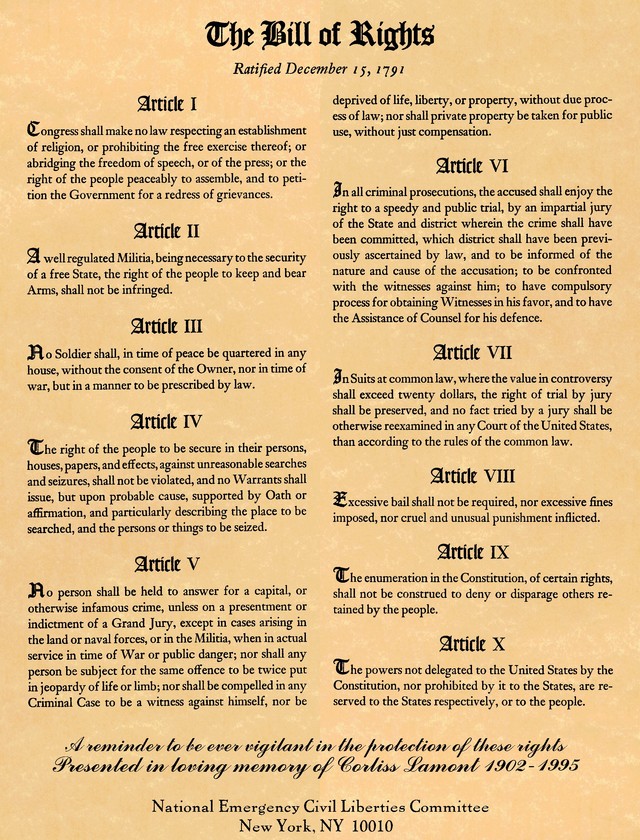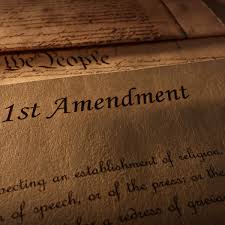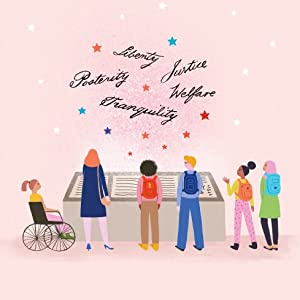We are still forming our nation and that’s a good thing

As we celebrate our independence and our nation over the July 4th weekend our thoughts may turn to how our nation was created, what kind of country we are now and what The United States of America is
capable of becoming. After all, those are questions we have the freedom and agency to think about as Americans. Nation building, I would argue, is continually in motion – we are always changing our reality as Americans. It’s important to remember that being the United States of America has never been easy or static – the Declaration of Independence to the adoption of the U.S. Constitution and the approval of the Bill of Rights represents 15 years of fighting, negotiating and compromising on what kind of society we are. Our Constitution has 25 functioning amendments (27 amendments approved, but one was to enact Prohibition and another was to repeal Prohibition, so those two arguably cancel each other out). And for 245 years the debates, the fights, the paradigm shifts and the brokered compromises continue as we struggle towards an ideal for ourselves that represents the majority and protects the individual. And, that’s how it should be in a democratic republic.
The Bill of Rights
The Bill of Rights is made up of the first Ten Amendments to the Constitution. Politicians, pundits and our loudest friends on Facebook and Twitter refer to them often to bolster their side of a debate or explain the context or importance of the daily news. But, do we all truly understand how each amendment shapes our lives?

Maybe even more importantly, have we taken the time to read the Bill of Rights carefully, and decide for ourselves what we think each amendment means and how our society needs to apply it? The ten amendments of the Bill of Rights fit on one page. Instead of allowing that radio show host or TV pundit tell you what to think about the meaning and application of these fundamental rights of citizenship, why not read them yourself and practice your critical thinking muscles? It will give you a fresh perspective the next time you hear that loud friend on social media toss around the Ten Amendments in conversation.
The Cornell Law School Legal Information Institute offers an easy hyperlinked toolbox for reading the Constitution and the Bill of Rights: :https://www.law.cornell.edu/constitution/billofrights
The First Amendment

Freedom of Speech, the Press and Religion; The right to Assembly and the right to Petition the Government. Sounds pretty cut and dry doesn’t it? But does the First Amendment protect you from getting fired for that offensive post on Twitter? Um, no.
We exercise the rights of the First Amendment every day, all day long. Yet, do we understand where and when our rights must yield to our obligation to the common good? Test your knowledge of the First Amendment with this quick quiz from the News Literacy Project – don’t worry, they let you take it as many times as you want: https://newslit.org/tips-tools/first-amendment-quiz/
News Lit Quiz: So, what’s the First Amendment?
We the People…
One of the most patriotic things we can do as Americans is to think critically about how our government functions and how our society works, or not, for our citizens. Engaging to make the USA a more perfect union for today and for tomorrow is super patriotic. Reading and thinking about the Bill of Rights invites us to think about how each of those rights is applied in our courts, in our media, in our schools and on our streets – and question how we can better guarantee these rights in equal measure to all citizens. Interpreting the Constitution and Bill of Rights isn’t only for the scholars, it’s for all of us, We The People! And it’s a profoundly American thing to do.
Thank you for reading along, I hope that you and your families have a terrific July 4th holiday!



Thanks for the reminder that our founding documents are living, breathing things that we should treasure – and understand. Happy Fourth!
Well said Deb, thanks!